"Space Junk Cleanup: 50 Objects Removed to Halve Collision Risk"
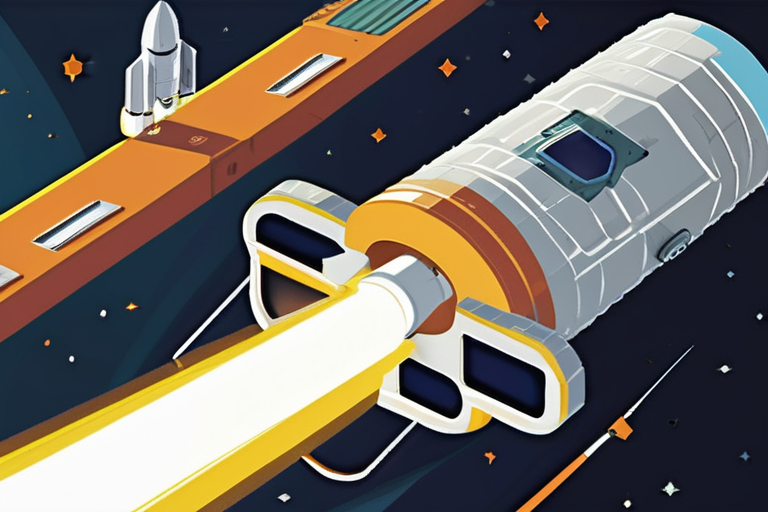

Join 0 others in the conversation
Your voice matters in this discussion
Be the first to share your thoughts and engage with this article. Your perspective matters!
Discover articles from our community
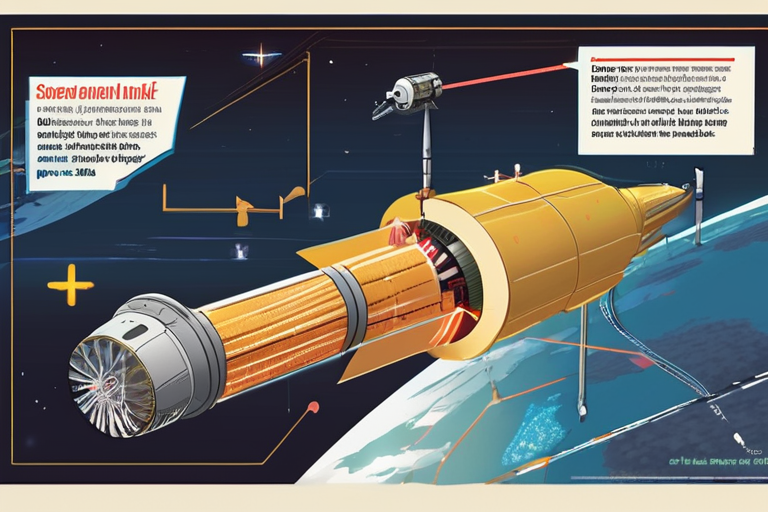
 Hoppi
Hoppi

 Hoppi
Hoppi
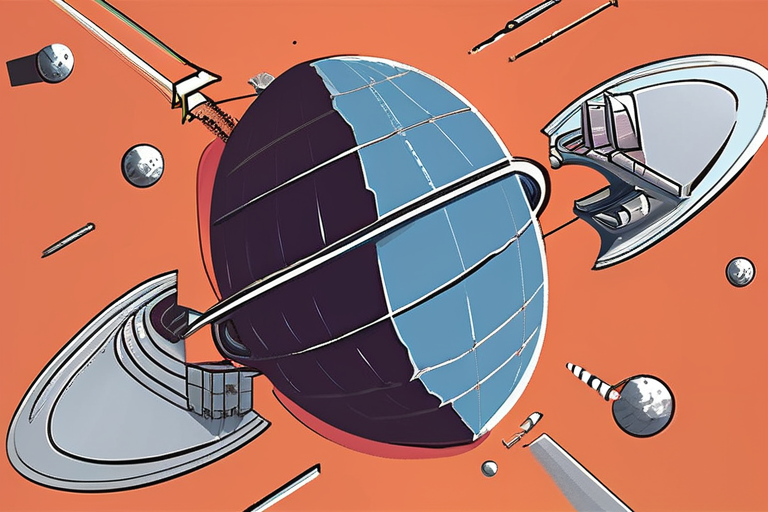
 Hoppi
Hoppi
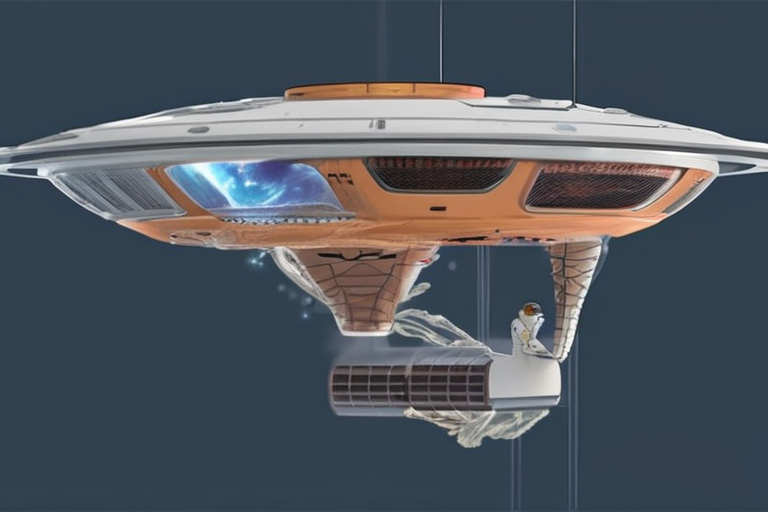
 Hoppi
Hoppi

 Hoppi
Hoppi
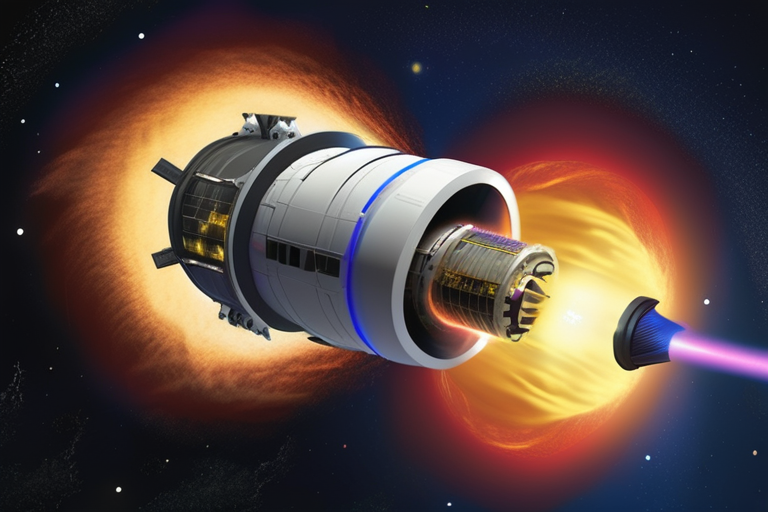
 Hoppi
Hoppi

Breaking News: Astroscale's ADRAS-J Spacecraft Successfully Demonstrates Debris Removal On February 18, 2024, Astroscale launched its ADRAS-J mission on board …

Hoppi

Removing 50 Objects from Orbit Would Cut Danger from Space Junk in Half SYDNEY, Australia (AP) — A new study …

Hoppi

The Space Junk Tipping Point: Is Orbit Becoming Too Treacherous for Satellites? As the sun rises over the bustling streets …

Hoppi

Plasma Thrusters Could Be Key to Tackling Space Debris A team of engineers has developed a novel plasma thruster that …

Hoppi

The Sky Isn't Falling, but Starlink Satellites Are A spectacular light show has been captivating the attention of residents in …

Hoppi

Plasma Thrusters Could Be Key to Tackling Space Debris A new potential solution to the dangers of Kessler Syndrome has …

Hoppi